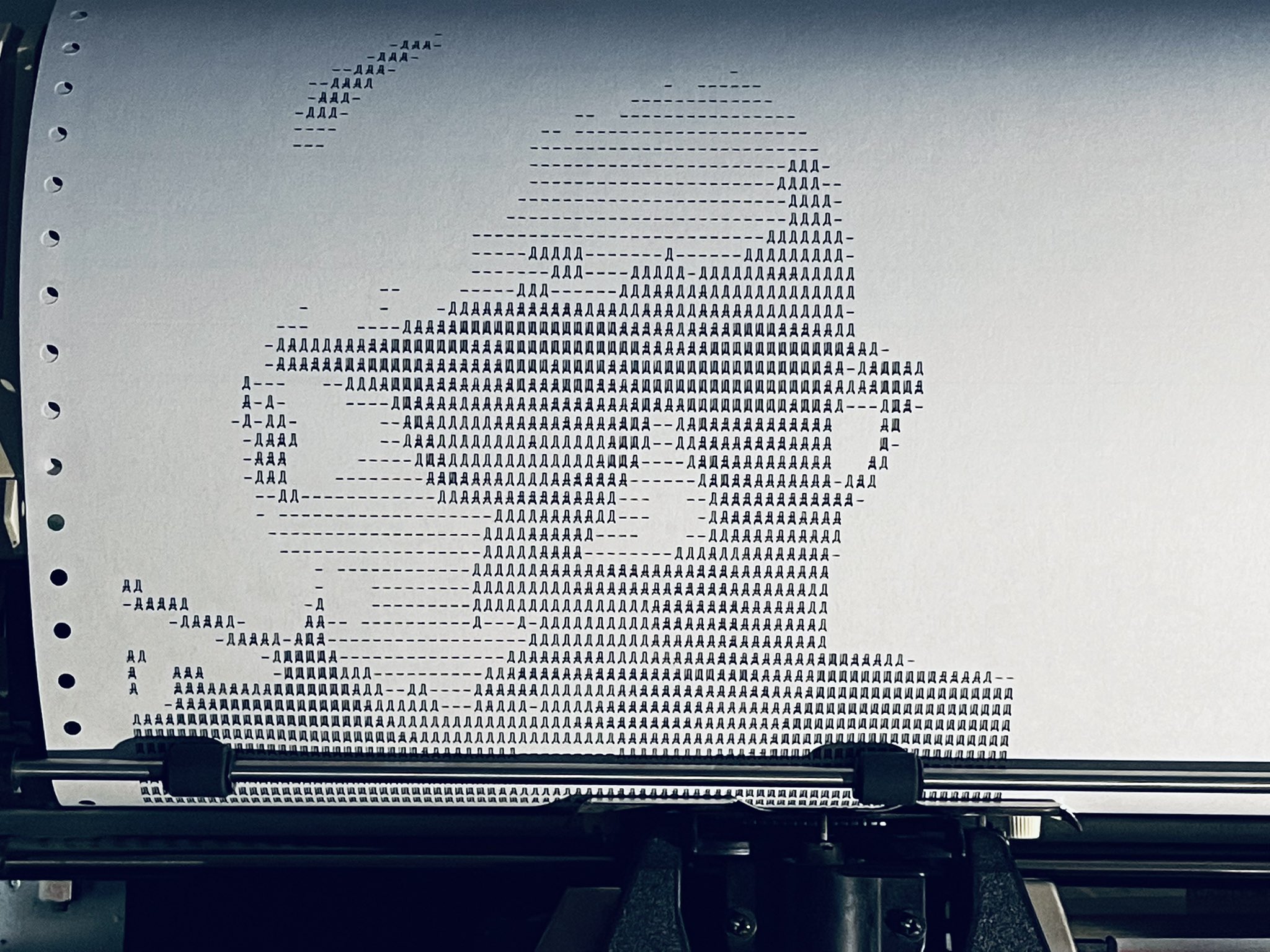
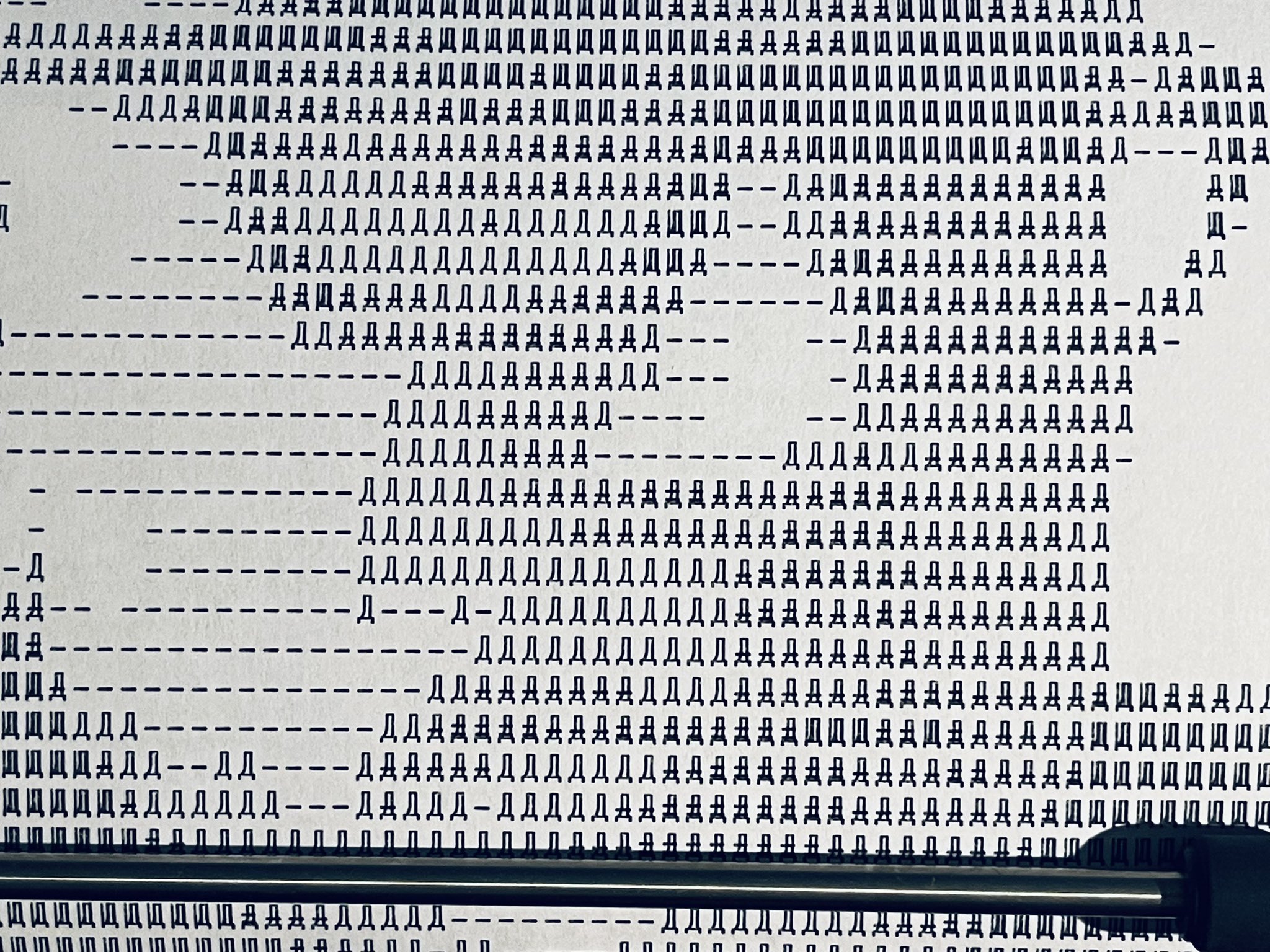
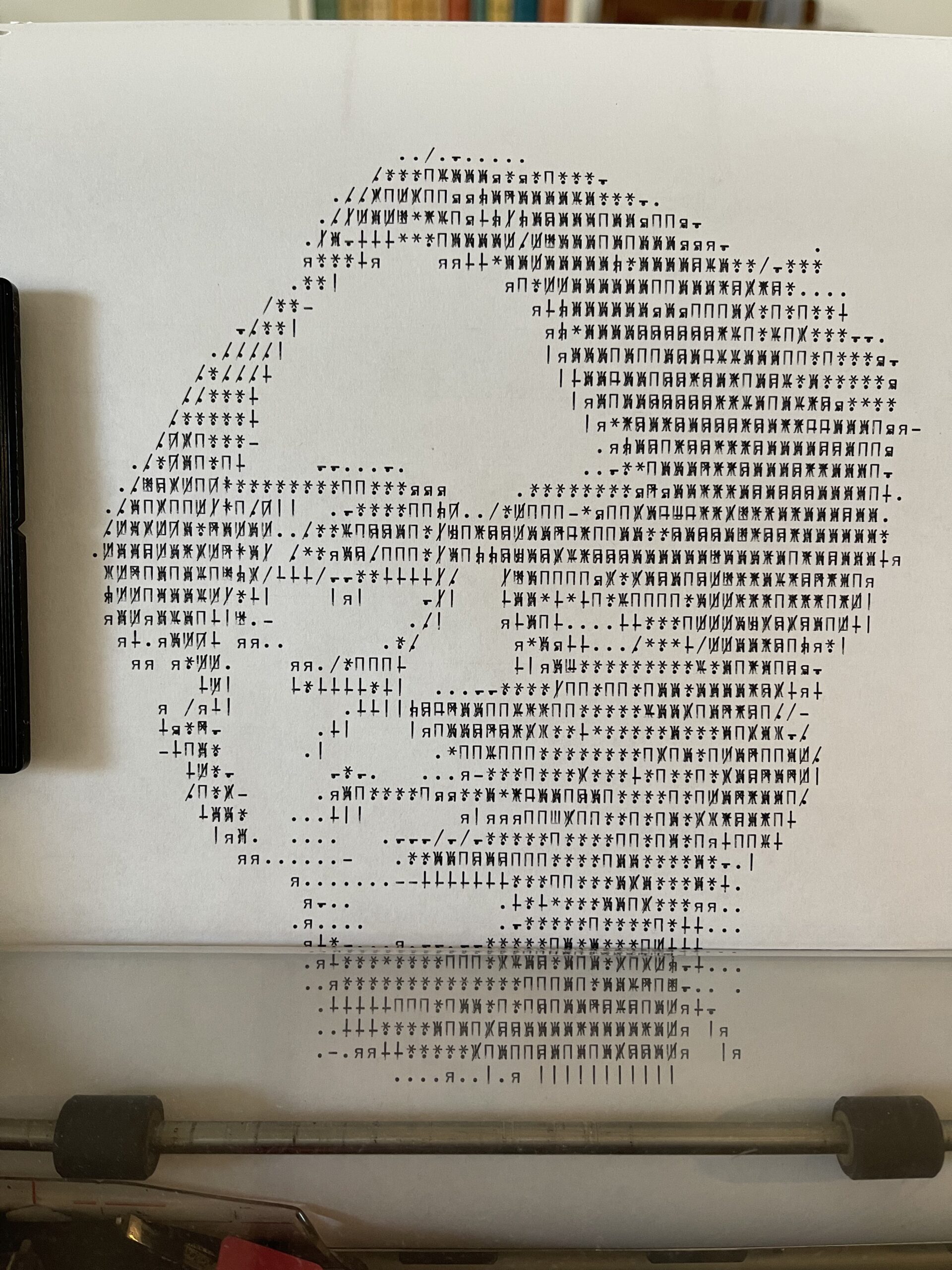
Cyrillic ASCII art (КОИ-7 art, more correctly) by Eric Furst, 2021-2022. Uses overstriking, ie printing characters on top of each other. More here.



Cyrillic ASCII art (КОИ-7 art, more correctly) by Eric Furst, 2021-2022. Uses overstriking, ie printing characters on top of each other. More here.
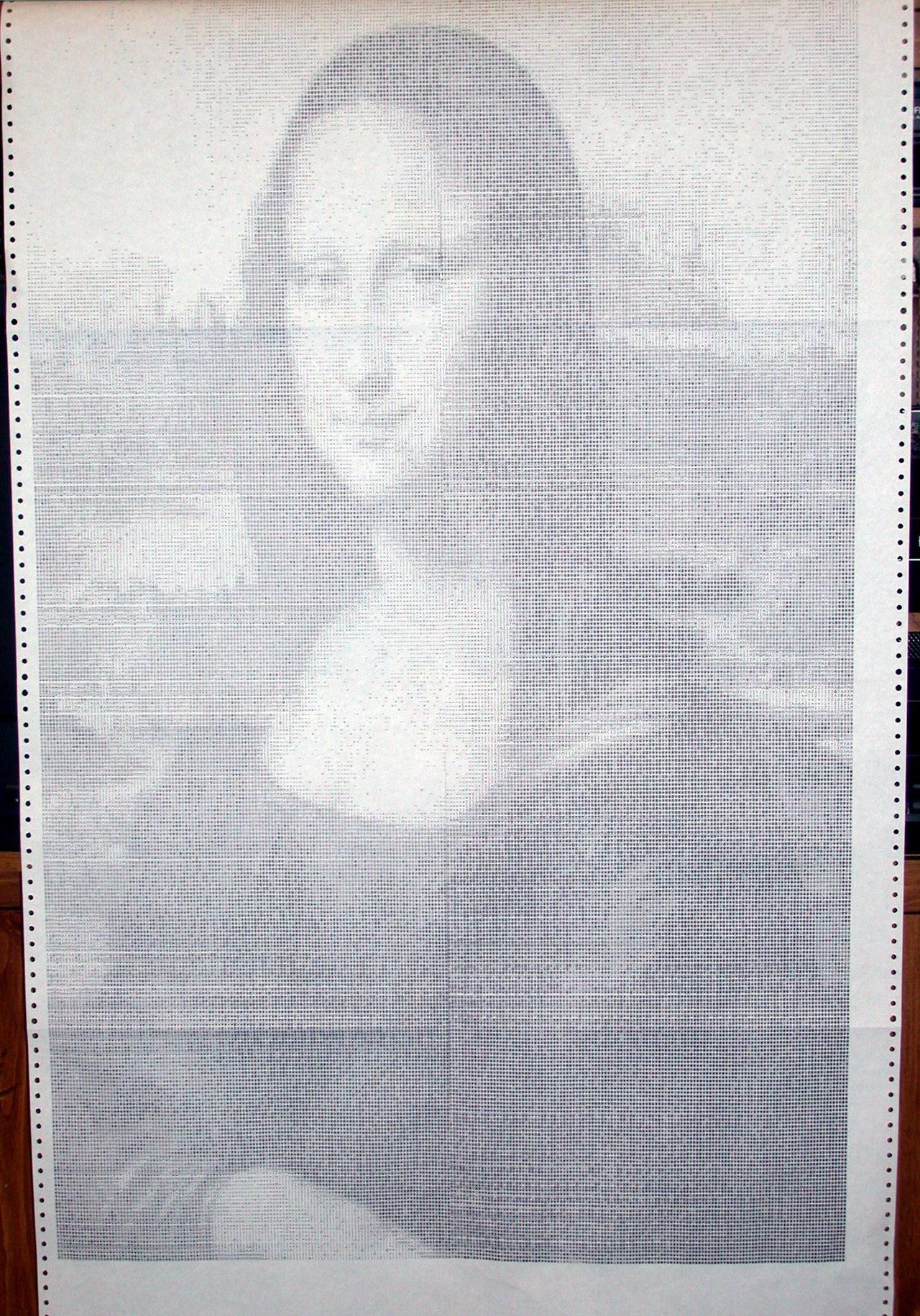

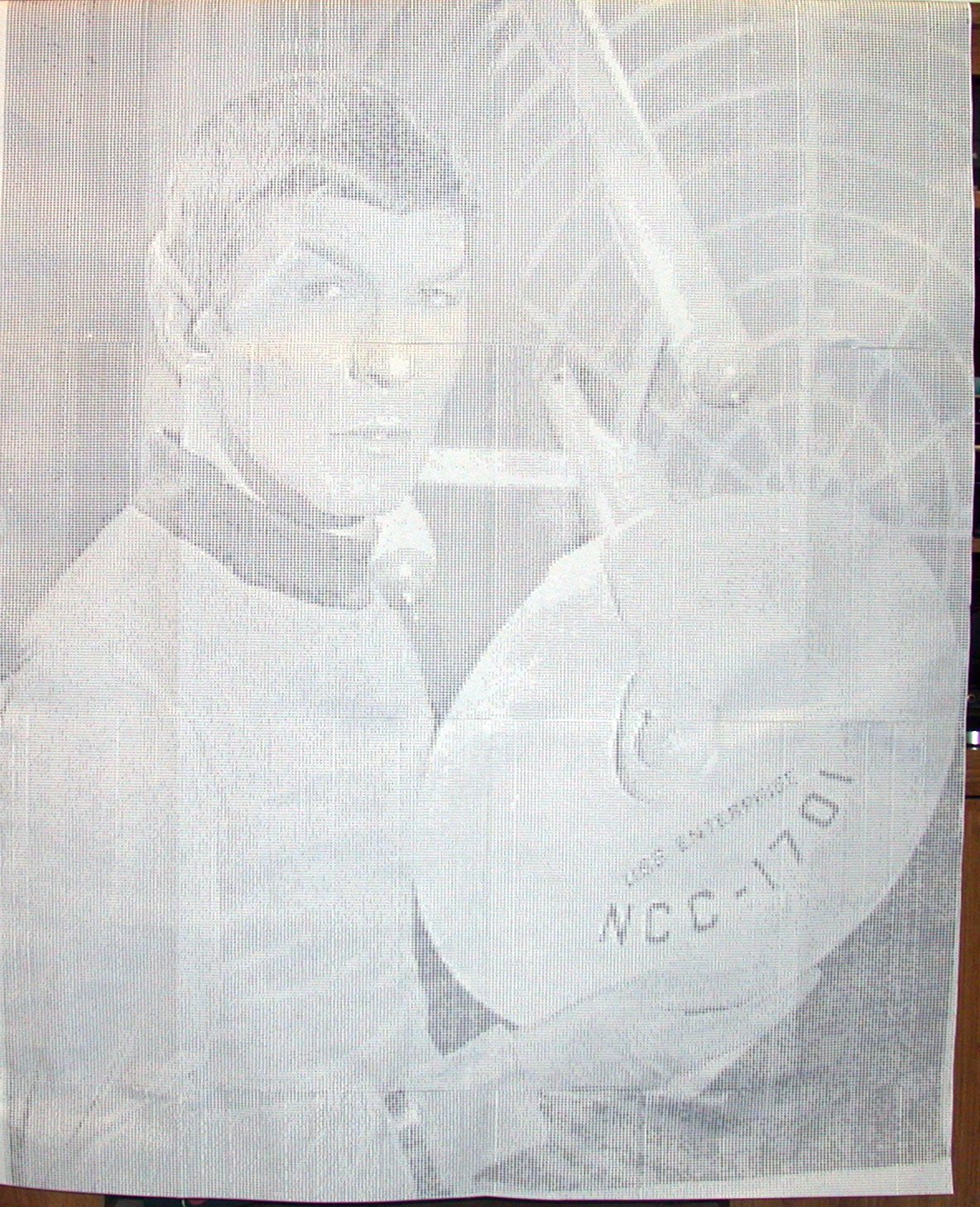
ASCII art by Sam Harbison, 1973. It uses a technique called overstriking, when you put characters on top of each other. This was common in typewriter art but was also used on screen for PLATO emoticons. More recently, glitch artists such as Glitchr & Mammifero are interesting examples.
Harbison’s process: 35mm camera -> film -> development -> densitometer -> 9-track magnetic tape -> FORTRAN & EBCDIC -> chain printer with overstriking -> strips of paper -> tape together -> success!
Post updated in 2024. Archived source.
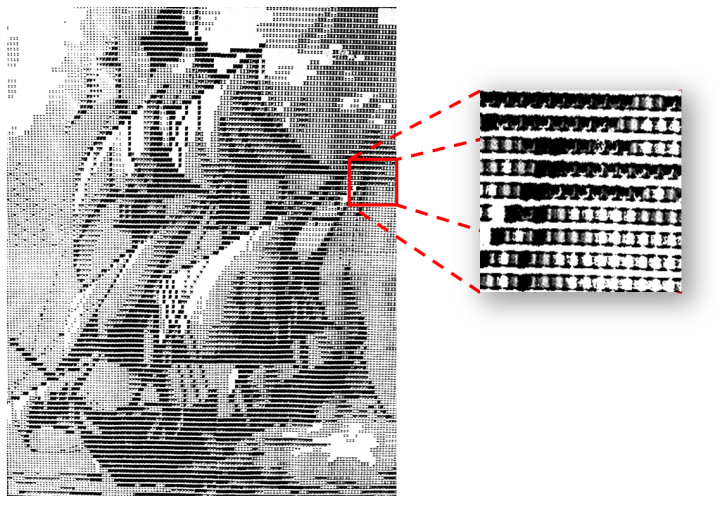
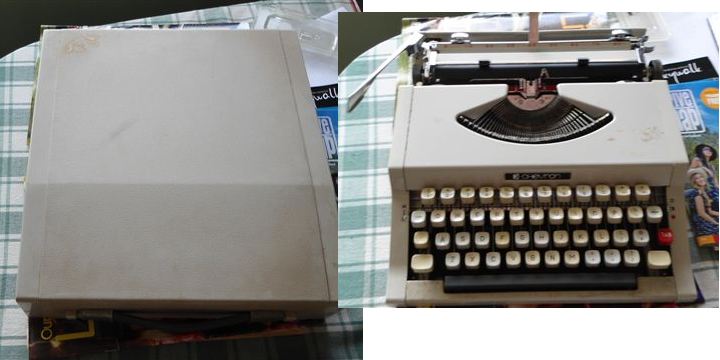
Typewriter art by Ian Parberry 1975, partly using overstriking.
Here is my first attempt. It’s made from four sheets of typing paper glued together. If you look close up, it’s made using just a few letters including M, I, and M overstruck with X or $ to get the darkest shade approaching black.
The original source is borked, but this is more recent page. (Updated 2024)
Emoticons/emojis created by layering several text characters on top of eachother (overstriking). These instructions are from 1976, and might have been around as early as 1972.
This technique was possible on the amazing 1970s PLATO computer, and probably never again after that? You could also move the text-chars around on a pixel level. Pictures/info from platopeople.com.
How were these things done? Well, on PLATO, you could press SHIFT-space to move your cursor back one space — and then if you typed another character, it would appear on top of the existing character. And if you wanted to get real fancy, you could use the MICRO and SUB and SUPER keys on a PLATO keyboard to move up and down one pixel or more — in effect providing a HUGE array of possible emoticon characters.
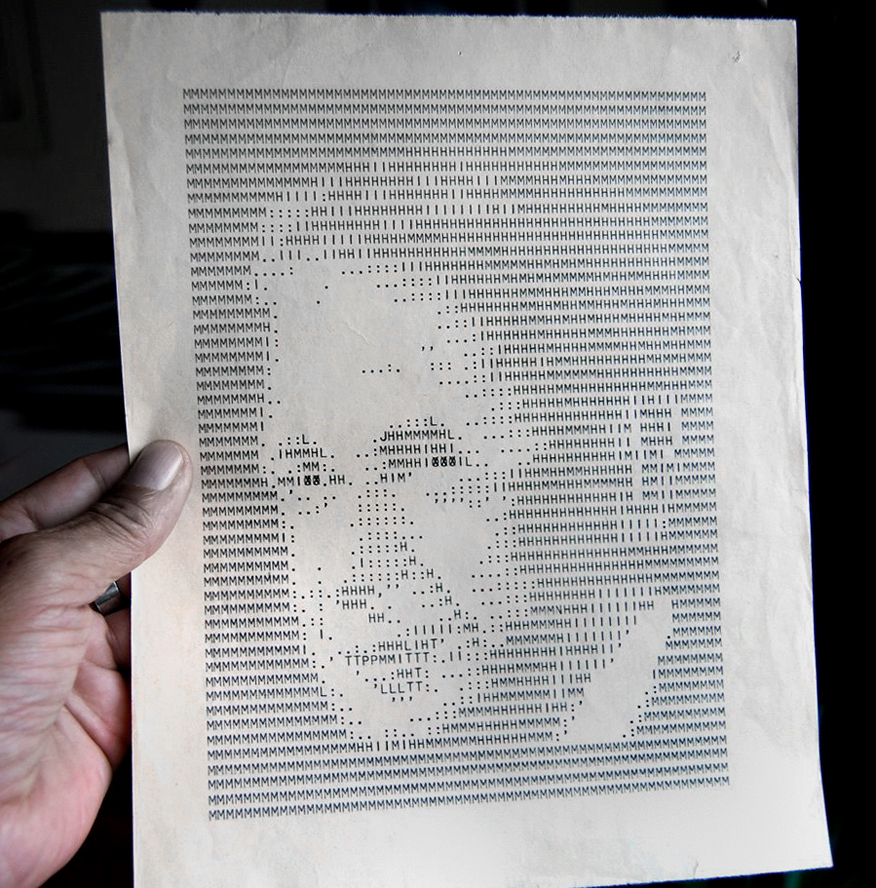

Teleprinted portrait of Dag Hammarskjöld from 1962. Notice the overstriking in the eye. Photo by Jonn Leffmann.